Ujjain is located on the banks of the Kshipra River in Madhya Pradesh. This place is of great historical and religious significance.
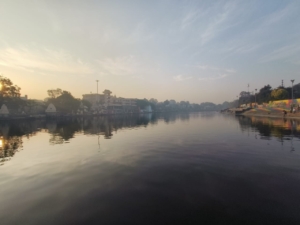
I wanted to visit Ujjain mainly to feel the vibrant nature of this city and to know about some history associated with it. Lot of devotees come here for pilgrimage to Mahakaleshwar Jyotirling(one of Lord Shiva’s 12 Jyotirlingas) and take a dip in the holy river of Kshipra.
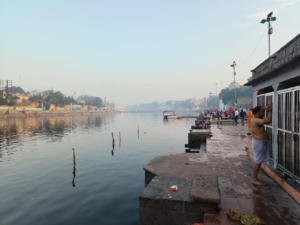
First thing everyone does here is to visit the Mahakaleshwar temple. After freshening up, I was there around 5am in the morning.The shops were open very early too selling warm cloths, pooja items, prasada and small eateries serving hot poha, kachori and chai.
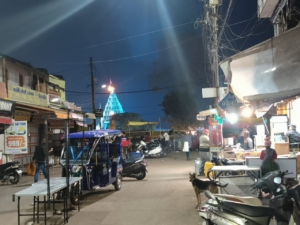
Before entering the temple, there are lot of people who come and request you to apply thilak shapes dedicated to lord Shiva on your forehead in turn you pay them whatever you wish.
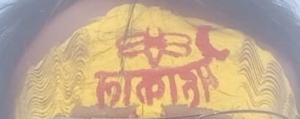
During the morning prayers (bhasmaarti), the Shivlinga is covered with a cloth for most of the duration, except for the last few minutes when the ashes from the last burnt funeral pyre were rubbed on it.
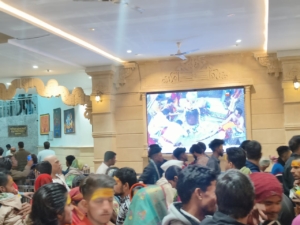
After visiting the Jothirling, i went around the Ram ghat on the banks of Kshipra River. Hundreds of devotees were taking holy dip and there were lot of different temples all along the river. This place looked very colourful and with full of activity.
I walked along the river for more than an hour observing the spiritual activities happening there. There were Saddus sitting in meditative postures, devotees offering poojas in the river, some chanting prayers.
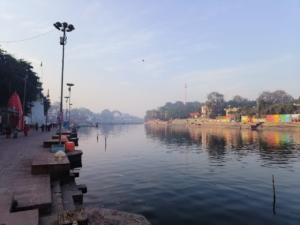
The existence of Ujjain as an urban center can be traced all the way back to about 700 B.C. when it was known as Avantika, the capital of the Avanti kingdom, as mentioned in the Hindu epic “The Mahabharata.” This flourishing kingdom was on the trade route between north and south India. The city was taken over by the first Mauryan emperor, Chandragupta, in the 4th century B.C. and remained significant. Also Kumbha mehla happens in Ujjain once in 12 years where millions of devotees attend it.
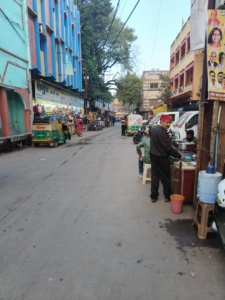
Although it’s mainly a spiritual city, the street food was amazing. Most of the stalls here serve Parata, Kachori, Poha, Jelabi and many more. We enjoyed walking around the small lanes of this city and tasting the delicacies.
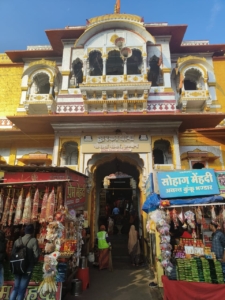
We visited some small temples and there lot of interesting history associated with some of them. Gopal mandir was built with Maratha style architecture during 9th century.
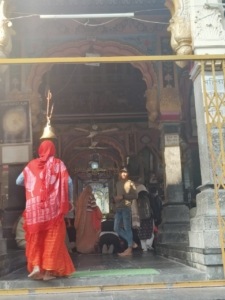
A silver door in inner sanctum of this temple was carried from Somnath temple to Ghazni(Ancient city in Afghanistan) then Ahmed Shahabdali(founder of modern Afganistan) carried it from there to Lahore and then it was recovered by Mahadji Scindia(Maratha statesman and ruler of Ujjain) and reinstalled here in this temple.
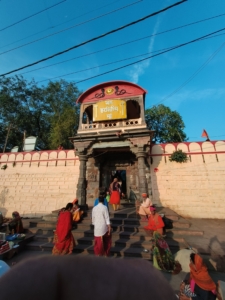
Shree Harsiddhi Mata Shaktipith temple
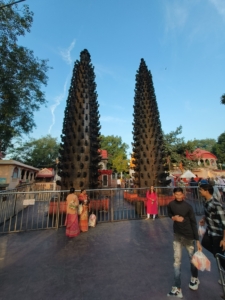
Structures inside the temple
It is believed that Goddess Parvati herself came forth in the form of Harsiddhi to kill the two demons who were terrorizing the peace. Goddess Parvati went into a sacrificial fire and Lord Shiva carried her. An elbow of Parvati fell here and this Harsiddhi mata temple was created. This very temple was kuldevi of king Vikramaditya – the emperor of Ujjain and all kings of parmar dynasty too.
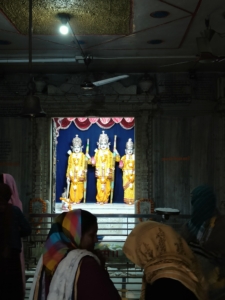
Also we visited the Shree Ram temple at Ram ghat. Lot of devotees visit this temple after performing holy bath and their rituals in Kshipra River. After 9am the entire Ujjain city area starts getting very crowded as many tourists flock in from near by cities. Ujjain is best experienced in the early mornings or late evenings. If you are there in the don’t miss the Arathi that happens by the river.


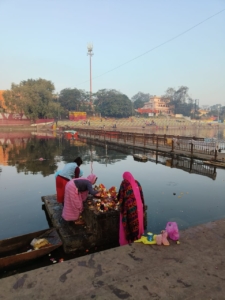
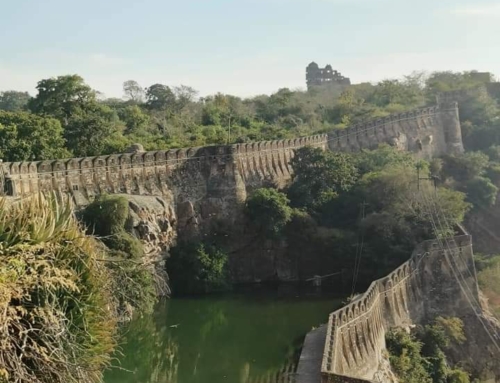

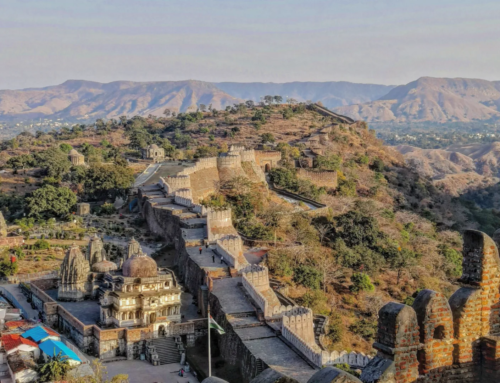
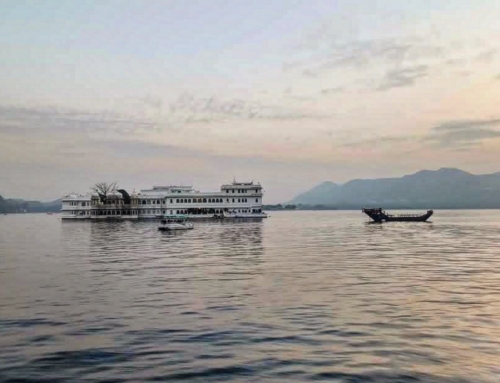
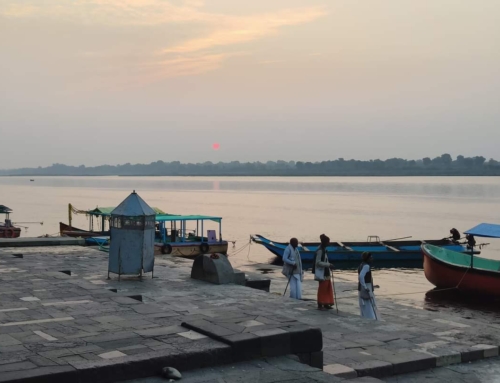
Leave A Comment